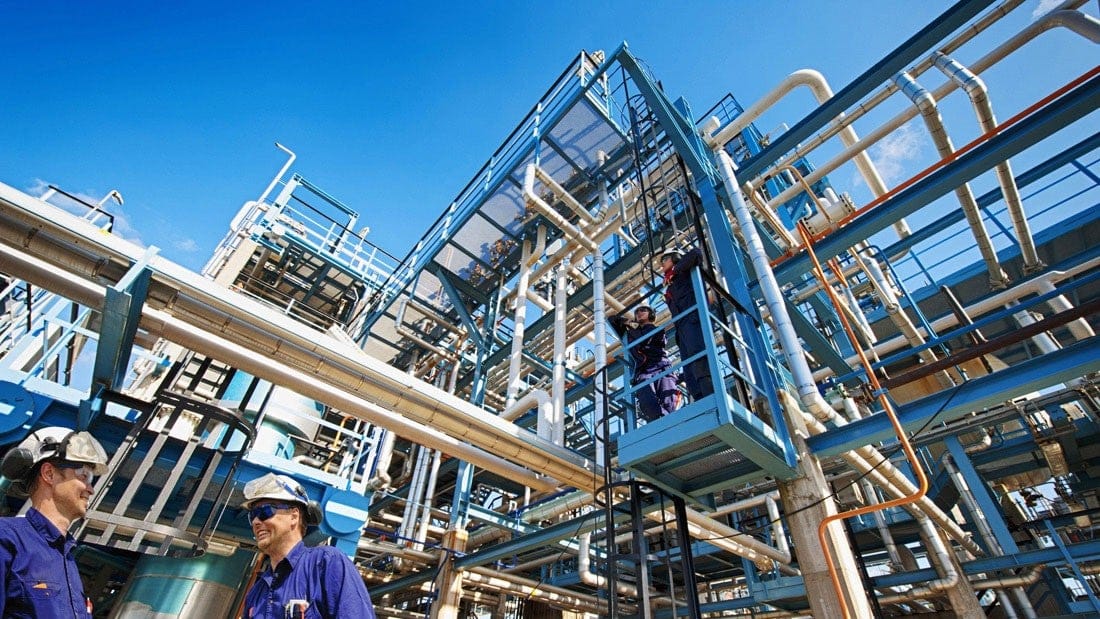Fertilizer prices increased to 10-year highs over 2021 and 2022, leading growers, policymakers and others in the agriculture industry to look for the reason why. Those in the fertilizer industry who experienced the back-to-back-to-back events first-hand that drove prices up over the course of those 24 months are keenly aware of the reasons why, but many outside the industry latched onto something more nefarious: market consolidation and greed.
A recently released report undertaken by the Center for Agriculture and Rural Development (CARD) at Iowa State University (ISU) at the request of Iowa Attorney General Miller came to the primary conclusion that they did not have enough evidence to refute that “increased production costs and commensurate supply chain issues were the main cause of increased fertilizer prices in 2021/2022.”
This finding was not news to TFI. In fact, TFI has been spending a good chunk of these last two years educating commodity groups, farmer organizations, and policymakers about the myriad issues impacting fertilizer markets and influencing fertilizer prices. You know, things such as the COVID-19 pandemic, supply chain disruptions, increased energy costs, hurricanes, deep freezes, geopolitical unrest, political sanctions, and the Russia-Ukraine war.
Beyond the study’s primary conclusion, TFI has examined the report and provided additional key takeaway points and provided them below.
- The study acknowledges and articulates well a variety of factors influencing fertilizer prices and markets. While there is always an ability to add more detail and background, the study provides a more holistic view of the market than the Texas A&M white paper that only focused on the change in domestic natural gas price. The ISU study could have made a stronger connection between global energy and fertilizer markets and the domestic fertilizer market.
- A trend analysis of the price relationship between ammonia, granular urea, Henry Hub natural gas, international natural gas and corn price showed that “[A]nalyses imply fertilizer prices are likely to rely more on input costs than output prices most of the time. In recent years, anhydrous ammonia prices have depended on international natural gas prices, while urea prices relied more on domestic natural gas prices.” Several statistical and economic methods were utilized to arrive at these conclusions.
- The authors provide a robust conversation on market power and economic profit, explaining “that while economists agree concentration is a necessary condition for market power, they have for decades now mostly abandoned the assertion that concentration is sufficient for market power.” This statement means that looking only at the correlation between the level of concentration or number of firms and the reported profits of an industry to determine market power and influence has been abandoned for other more robust techniques.
- The media often discusses the fertilizer industries profits, stock prices and returns as evidence of market power. Economists have always been wary of looking at these metrics as these measures are not identical to the economic profits economists seek when measuring market power.
- “The fertilizer industry’s average net income return over the past few years is high but comparable to other large industries, especially when taken over a longer run as fertilizer companies had low (sometimes negative) profits prior to 2020. The fertilizer industry’s average stock price return is also comparable to that of other firms in other large industries and comparable with a large portfolio of other firms and seems to be commensurate with its relative risk. A similar comparison to Iowa farm incomes and land value returns shows that the fertilizer returns actually lag those slightly.”
- “Stock prices, especially, reflect what investors think the potential for earnings are, and stock price returns for these companies before and during the pandemic should reflect investors’ broader market perceptions of each firm’s risk and return. The takeaway from examining stock price returns is that the fertilizer industry is similar to the broader market from an investment return perspective.”
Upon publication of the study, Iowa Attorney General Miller in a news release thanked ISU for studying the fertilizer market and prices and for publishing the report. He also promised his office would continue monitoring the situation.
TFI is appreciative of economist at ISU for completing this in-depth study that highlights both current market supply and demand factors and their influence on markets, as well as their explanation of key economic principles related to common questions about the industry. While the study does leave several questions unanswered, the study provides the best analysis data will allow to date.
TFI welcomes any member feedback or perspective on conclusions of the study and ask that you please send those comments to TFI Director of Market Intelligence Jason Troendle at [email protected] or (202) 515-2710.

